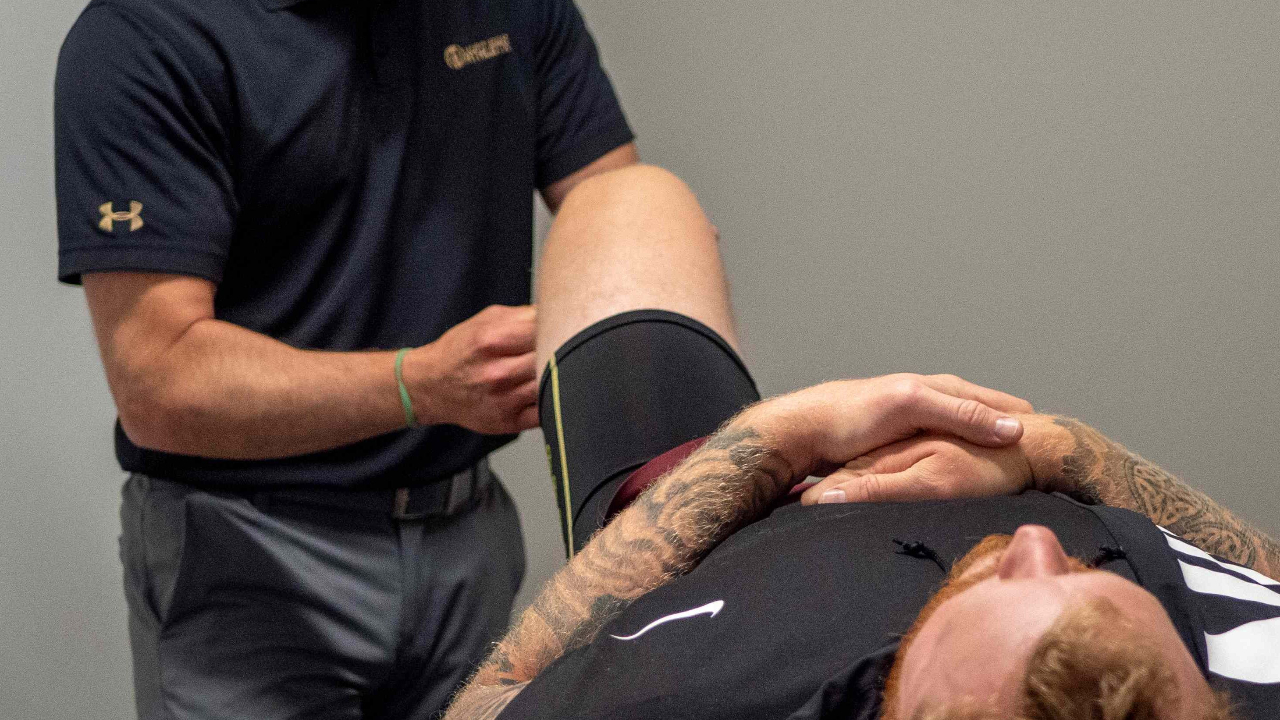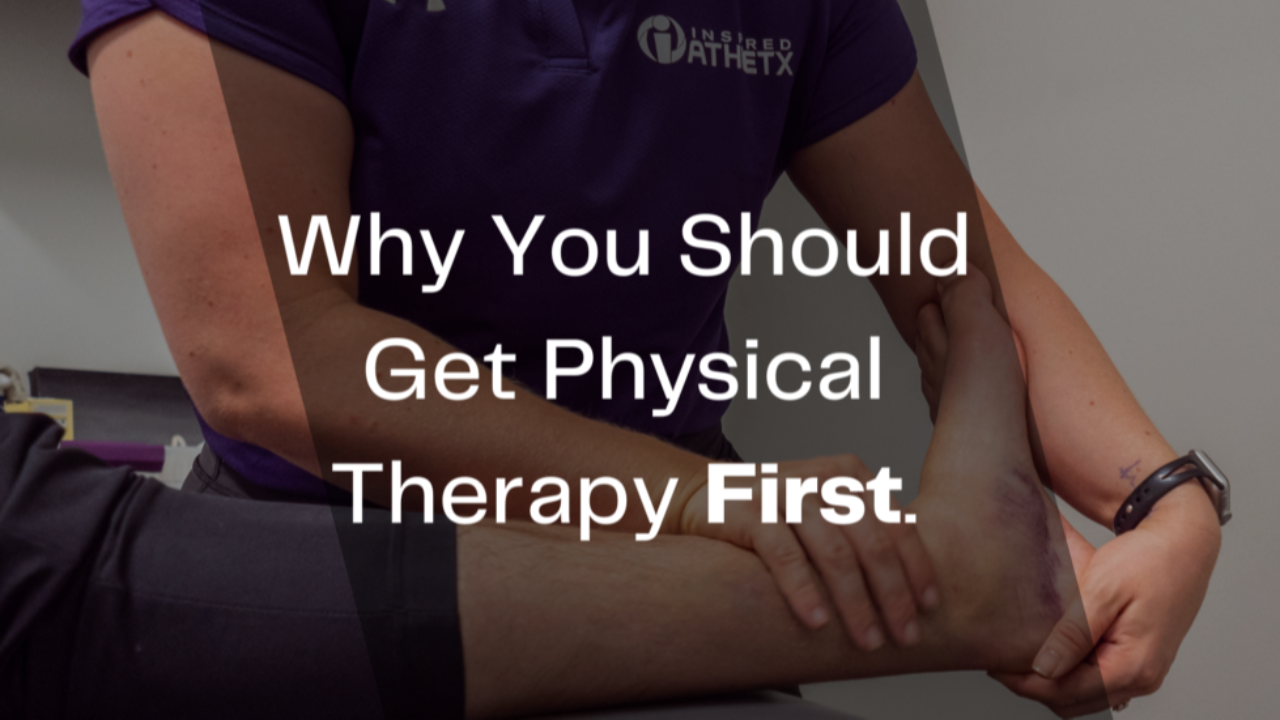
Are you bringing the right solution to the problem?
Nov 30, 2022By: Grant Norland
The concept of bringing the right solution to match a problem can be applied in a host of situations. In this context, I’m talking about pain and injury. If you have orthopedic-related pain (meaning in muscles, joints, or tendons/ligaments) and you find yourself reaching for the bottle of ibuprofen or a prescription opioid medication, you’re bringing a chemical solution to something that likely isn’t a chemical problem. Sure, it might take the edge off your pain… until the pill wears off.
Now don’t write this off to mean I think you should never take a pain pill. They serve a purpose at times, but need to be used for what they are – a temporary way to reduce significant pain. They should be used as a tool to give you enough relief to tolerate doing the things to actually address the problems that are underlying your pain.
More or less, medications, as they relate to orthopedic pain, are bandaids. They’ll cover up or mask your pain temporarily, but they aren’t going to solve any problems for you. When you have pain or an injury, don’t bring a chemical solution to a mechanical problem.
“Don’t bring a chemical solution to a mechanical problem.”
So what are the actual problems? More often than not, orthopedic-related pain has an underlying issue of 1) a lack of mobility; 2) a lack of stability or strength; or 3) a dysfunctional movement pattern causing a painful inflammatory response. Many times there are a combination of these 3 issues at play. So how do you address these issues? You should seek out professional advice from someone uniquely qualified to evaluate and treat these underlying causes of pain.
Surprise, surprise, it’s a physical therapist! I can’t stress it enough – a physical therapist should be THE primary care provider for orthopedic pain and injury. Why? Because they’re uniquely trained to provide solutions that match the problem.
“A physical therapist is the primary care provider for orthopedic pain and injury.”
Unfortunately, for whatever reason (if you’re in healthcare you know why – won’t go into that one here), the typical accepted response to orthopedic pain is to see a physician first. What solutions are they most trained to provide? Chemical ones.
M.D. stands for medical doctor, which means they have a doctor of medicine degree. It’s not a degree that makes them experts at addressing mobility, stability, and movement quality issues. When you say it that way it seems so simple and makes so much sense, it’s a wonder it isn’t more commonly applied.
While there are a litany of reasons why this isn’t more widely accepted, one of the major ones is physical therapy as a profession not doing an adequate job of marketing and positioning themselves within the healthcare field. I’ll spare you that book for now.
The takeaway here is: when you have an orthopedic problem that has mechanical causes (i.e. a sprained ankle, a back that hurts when you bend over, or a shoulder that hurts when you try to throw a ball) you should seek out a mechanical solution to that problem, rather than attempting to cover it up with a chemical one. So save yourself time, money, and side-effects, and get physical therapy first.
Bringing a solution to appropriately match the problem is not complicated. If broadly applied, it would solve a ton of the problems that plague or healthcare system, all the way down to the cost to the patient. So next time you have a health-related problem, orthopedic or not, pause and ask yourself, am I accessing a solution that can actually solve my problem? It may just change how you address it.




